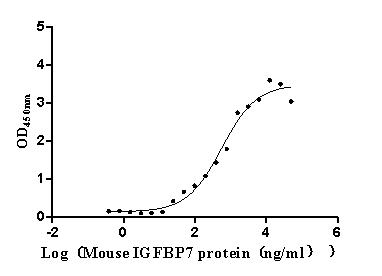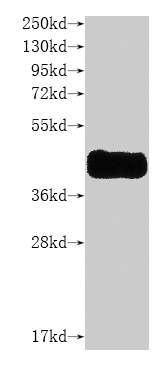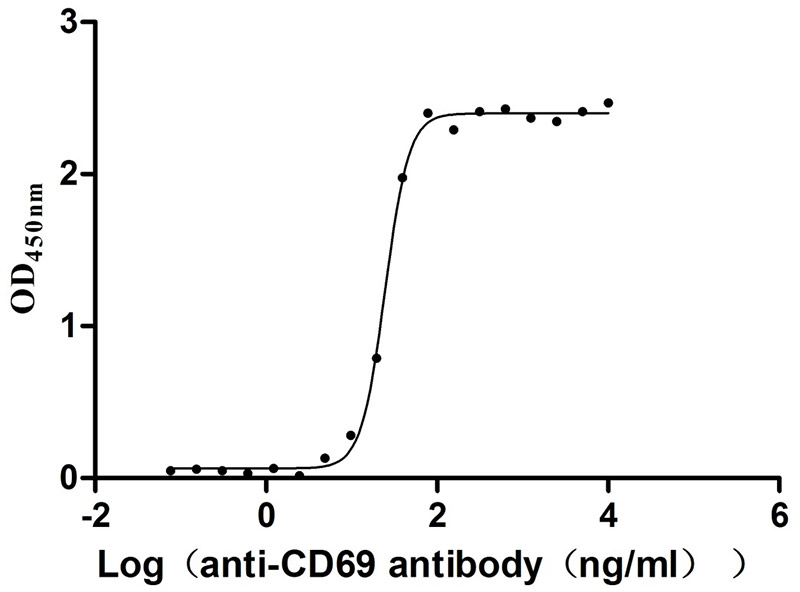Recombinant Human POU domain, class 3, transcription factor 4 (POU3F4)
-
中文名称:人POU3F4重组蛋白
-
货号:CSB-YP018399HU
-
规格:
-
来源:Yeast
-
其他:
-
中文名称:人POU3F4重组蛋白
-
货号:CSB-EP018399HU
-
规格:
-
来源:E.coli
-
其他:
-
中文名称:人POU3F4重组蛋白
-
货号:CSB-EP018399HU-B
-
规格:
-
来源:E.coli
-
共轭:Avi-tag Biotinylated
E. coli biotin ligase (BirA) is highly specific in covalently attaching biotin to the 15 amino acid AviTag peptide. This recombinant protein was biotinylated in vivo by AviTag-BirA technology, which method is BriA catalyzes amide linkage between the biotin and the specific lysine of the AviTag.
-
其他:
-
中文名称:人POU3F4重组蛋白
-
货号:CSB-BP018399HU
-
规格:
-
来源:Baculovirus
-
其他:
-
中文名称:人POU3F4重组蛋白
-
货号:CSB-MP018399HU
-
规格:
-
来源:Mammalian cell
-
其他:
产品详情
-
纯度:>85% (SDS-PAGE)
-
基因名:POU3F4
-
Uniprot No.:
-
别名:Brain specific homeobox POU domain protein 4; Brain-4; Brain-specific homeobox/POU domain protein 4; BRAIN4; Brn-4; BRN4; class 3; DFN3; DFNX2; Oct-9; Octamer-binding protein 9; Octamer-binding transcription factor 9; OTF-9; OTF9; PO3F4_HUMAN; POU class 3 homeobox 4; POU domain; POU domain class 3 transcription factor 4; Pou3f4; transcription factor 4
-
种属:Homo sapiens (Human)
-
蛋白长度:Full length protein
-
表达区域:1-361
-
氨基酸序列MATAASNPYS ILSSTSLVHA DSAGMQQGSP FRNPQKLLQS DYLQGVPSNG HPLGHHWVTS LSDGGPWSST LATSPLDQQD VKPGREDLQL GAIIHHRSPH VAHHSPHTNH PNAWGASPAP NPSITSSGQP LNVYSQPGFT VSGMLEHGGL TPPPAAASAQ SLHPVLREPP DHGELGSHHC QDHSDEETPT SDELEQFAKQ FKQRRIKLGF TQADVGLALG TLYGNVFSQT TICRFEGLQL SFKNMCKLKP LLNKWLEEAD SSTGSPTSID KIAAQGRKRK KRTSIEVSVK GVLETHFLKC PKPAAQEISS LADSLQLEKE VVRVWFCNRR QKEKRMTPPG DQQPHEVYSH TVKTDTSCHD L
-
蛋白标签:Tag type will be determined during the manufacturing process.
The tag type will be determined during production process. If you have specified tag type, please tell us and we will develop the specified tag preferentially. -
产品提供形式:Lyophilized powder
Note: We will preferentially ship the format that we have in stock, however, if you have any special requirement for the format, please remark your requirement when placing the order, we will prepare according to your demand. -
复溶:We recommend that this vial be briefly centrifuged prior to opening to bring the contents to the bottom. Please reconstitute protein in deionized sterile water to a concentration of 0.1-1.0 mg/mL.We recommend to add 5-50% of glycerol (final concentration) and aliquot for long-term storage at -20℃/-80℃. Our default final concentration of glycerol is 50%. Customers could use it as reference.
-
储存条件:Store at -20°C/-80°C upon receipt, aliquoting is necessary for mutiple use. Avoid repeated freeze-thaw cycles.
-
保质期:The shelf life is related to many factors, storage state, buffer ingredients, storage temperature and the stability of the protein itself.
Generally, the shelf life of liquid form is 6 months at -20°C/-80°C. The shelf life of lyophilized form is 12 months at -20°C/-80°C. -
货期:Delivery time may differ from different purchasing way or location, please kindly consult your local distributors for specific delivery time.Note: All of our proteins are default shipped with normal blue ice packs, if you request to ship with dry ice, please communicate with us in advance and extra fees will be charged.
-
注意事项:Repeated freezing and thawing is not recommended. Store working aliquots at 4°C for up to one week.
-
Datasheet :Please contact us to get it.
相关产品
靶点详情
-
功能:Probable transcription factor which exert its primary action widely during early neural development and in a very limited set of neurons in the mature brain.
-
基因功能参考文献:
- POU3F4 mutations can be predicted by incomplete partition type III anomaly by radiological examination of the inner ear. All six of the patients showed mixed hearing loss, but none showed fluctuations in hearing, which may be related to the lack of vestibular aqueduct enlargement at the operculum. PMID: 27577114
- Sequencing of the entire POU3F4 gene is recommended in patients with characteristic temporal bone malformations. Results of POU3F4 mutation testing are important not only for a proper genetic counseling, but also for adequate preparation and conduction of a surgical procedure. PMID: 27941975
- A nonsense mutation is identified in a family displaying the pedigree consistent with X-linked recessive pattern in POU3F4 gene. PMID: 28051029
- POU3F4 mutation in profoundly deaf patients may have poorer prognosis after cochlear implantation, than other types. PMID: 26600195
- findings may greatly contribute to the elucidation of the roles of the Oct and Myc proteins in osteoblast direct reprogramming. The results may also lead to establishment of novel regenerative therapy for various bone resorption diseases PMID: 26499074
- Audiological, medical, and family histories were collected and family members interviewed to compare hearing thresholds and case histories between cases with mutations in SMPX versus POU3F4. PMID: 24687041
- Our data suggest that different POU3F4 mutations might show different recurrence rate in siblings of the incomplete partition type III anomaly especially in East Asian population PMID: 24608376
- POU3F4 mutations are associated with X-linked deafness PMID: 25928534
- We concluded that the probable presence of the third window effect is not limited to the particular type of POU3F4 mutation. PMID: 23400403
- Results show three novel mutations in the POU3F4 gene resulting in profound hearing loss in both humans and mice. PMID: 23606368
- Frameshift truncation and extension mutations in the C-terminus of POU3F4 lead to cytoplasmic localization and subsequent proteosomal degradation due to structural aberrations, which cause transcriptional inactivity and thus nonsyndromic hearing loss. PMID: 23076972
- Study found no mutations in GJB6 or POU3F4 in nonsyndromic Tibetan Chinese patients with hearing impairment. PMID: 22389666
- pou3f4 expression in inner ear might be under the control of distinct regulatory elements that fine-tune the spatio-temporal activity of this gene PMID: 21209840
- DNA sequencing of the POU3F4 gene revealed a novel nucleotide variation, c.647G to A. The additional mutation confirms the crucial role of POU3F4 in auditory function. PMID: 21193157
- POU3F4 did not contribute to Y linked familial deafness in a Chinese pedigree. PMID: 16229168
- evaluation of DFN3 patients with deletions in the POU3F4 locus and detection of carrier female using MLPA. PMID: 20412083
- novel mutations in the POU3F4 gene resulting in congenital X-linked deafness DFN3. PMID: 21250553
- Data suggest that multiple enhancers control the expression of Pou3f4 in the inner ear and these may contribute to the phenotype observed in DFN3 patients. PMID: 20668882
- Results strongly suggest that the deafness in DFN3 patients is largely due to the null function of POU3F4. PMID: 19671658
- The phenotype of eight independent females carrying POU3F4 anomalies is defined, and a late-onset hearing loss is found in three patients. PMID: 19930154
- model of DFN3 non-syndromic deafness PMID: 12062767
- two novel mutations of the POU3F4 gene in X-linked deafness type 3 patients in the Korean population PMID: 19438930
- This publication describes mutations in a similar mouse gene. PMID: 9667433
显示更多
收起更多
-
相关疾病:Deafness, X-linked, 2 (DFNX2)
-
亚细胞定位:Nucleus.
-
蛋白家族:POU transcription factor family, Class-3 subfamily
-
组织特异性:Brain specific.
-
数据库链接:
Most popular with customers
-
Recombinant Human Leukemia inhibitory factor receptor (LIFR), partial (Active)
Express system: Mammalian cell
Species: Homo sapiens (Human)
-
Recombinant Human G-protein coupled receptor family C group 5 member D (GPRC5D)-VLPs (Active)
Express system: Mammalian cell
Species: Homo sapiens (Human)
-
Recombinant Human Cannabinoid receptor 1 (CNR1)-VLPs (Active)
Express system: Mammalian cell
Species: Homo sapiens (Human)
-
Recombinant Human Epithelial discoidin domain-containing receptor 1 (DDR1), partial (Active)
Express system: Mammalian cell
Species: Homo sapiens (Human)
-
Recombinant Human Microtubule-associated protein tau (MAPT) (Active)
Express system: Mammalian cell
Species: Homo sapiens (Human)
-
Recombinant Mouse Complement component C1q receptor (Cd93), partial (Active)
Express system: Mammalian cell
Species: Mus musculus (Mouse)
-
Recombinant Human C-C chemokine receptor type 8 (CCR8)-VLPs (Active)
Express system: Mammalian cell
Species: Homo sapiens (Human)
-
Recombinant Human Early activation antigen CD69 (CD69), partial (Active)
Express system: Mammalian cell
Species: Homo sapiens (Human)


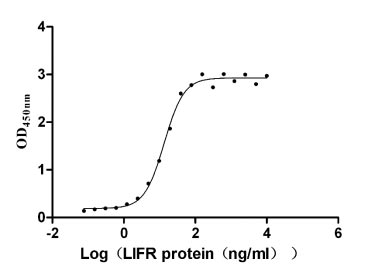
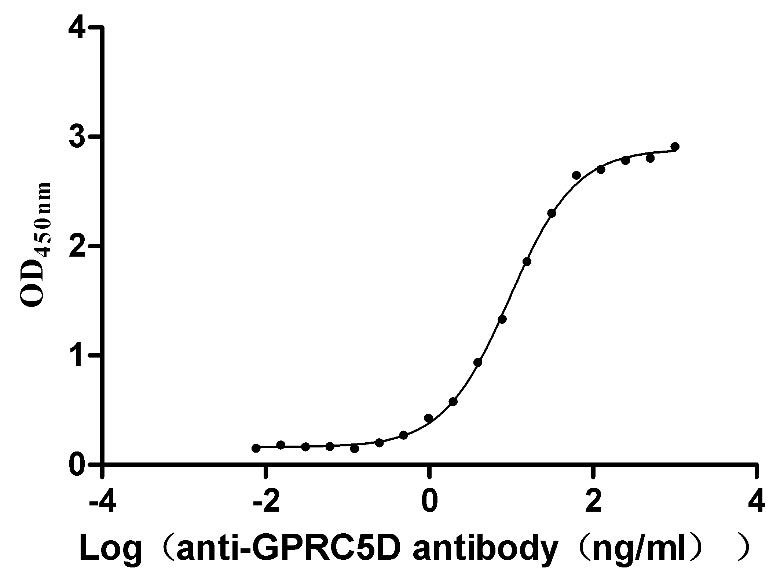
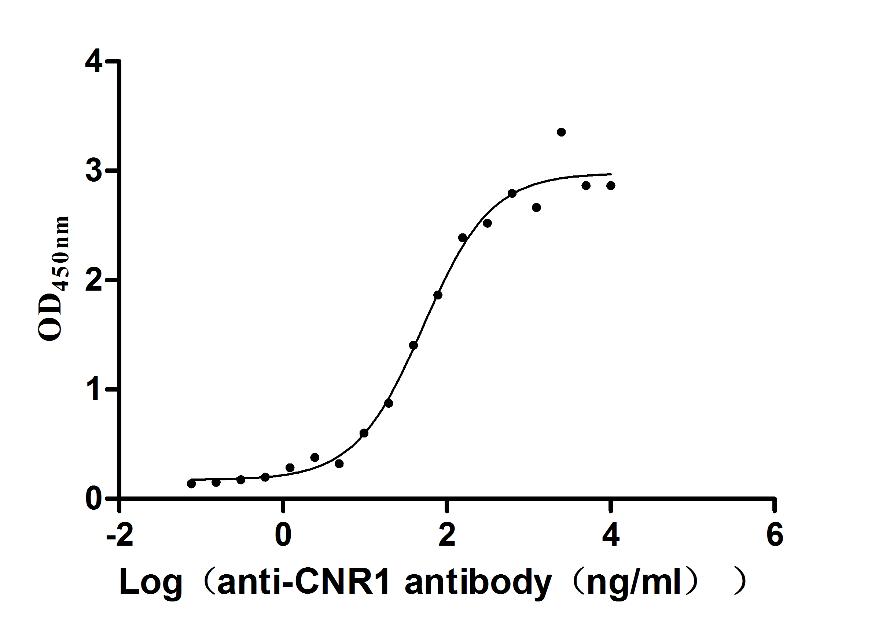
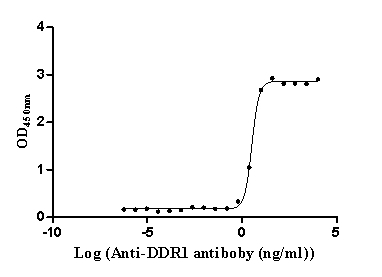
-AC1.jpg)
